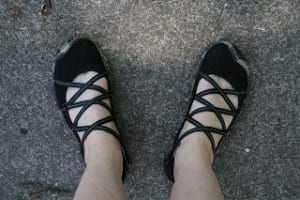
Is it true that most of us turn our feet out, like a duck, when we walk or stand or run? Yes, but not all foot turnout is the same and there are varying degrees of turnout. As I learned from Katy Bowman, biomechanist, foot turn out may be initiated at the hips with both the femur (upper leg) and the lower leg rotating out away from the midline of the body with the feet following that outward direction. Or, turned out feet may come from the lower leg turning out relative to the femur with the foot following the lower leg position. The foot position could also be influenced by a twisting in the leg bone itself. So, as you can see, fixing foot position is not as simple as just turning the feet in.
The reason why foot turnout is so common is that modern life has molded our bodies through our use of stiff narrow toe boxed shoes, excessive sitting, and walking on flat man-made surfaces just to name a few. Our bodies are shaped by how we use them.
Should we be walking or standing with toes and knees forward? Ideally, yes. When we walk with our feet and legs aligned it allows our joints, ligaments, and muscles to have the best chance of being aligned as well. This reduces stress on the joints and improves blood flow to the tissues. But how you get into neutral feet is important. You don’t want to force yourself into a position after years and perhaps decades of walking with feet splayed out. It’s best to make shifts gradually to give the tissues time to adapt.
If so, is this something we should all aim to correct? Why? Absolutely, it’s a good goal to move toward. For me, it’s a way to ensure independence when I get older. I want to be able to go hiking when I’m 80 years old and not worry about tripping and fracturing a hip. I know some elders who refuse to climb stairs or are afraid to walk on sidewalks without a walker. I’m taking care of my feet and knees now to ensure I won’t be held back later.
Foot turn-out is not the position our feet are designed to bear our weight in. If we walk with our feet turned out all the time it creates unnecessary stress on the joints. Take for instance the feet that turn out because the lower leg is also turned out, but the femur rotates inward. This position creates strain at the knee where the upper and lower leg meet. This positioning can also lead to damage of the meniscus and anterior cruciate ligaments of the knee, arthritis, inflamed nerves, low bone density (due to improper weight bearing), muscle strain, and foot problems.
Let’s try an experiment. Stand up and line up the outside edges of your feet so they’re straight. Take a slow step forward noticing where you feel the weight pass through your foot. It should feel evenly distributed as you pass over the ball of the foot (image below on the left). Now turn your foot out and do this exercise again. As your weight passes over your out-turned foot, the bulk of the weight is concentrated over the inside of the foot near the big toe (see image on the right). This strain on the foot coupled with narrow toe boxed shoes can lead to bunions and plantar fasciosis (tissue death of the plantar fascia).

How should we try to correct our alignment? As I mentioned earlier gradual is best. I wish I had one exercise that was a magic bullet, but It’s not that simple. No one area of your body works in a vacuum. I would say the best place to start is with the book Whole Body Barefoot: Transitioning Well to Minimal Footwear by Katy Bowman, biomechanist. The book is full of easy to follow foot corrective exercises from a whole body perspective. It’s an excellent book and I can’t recommend it highly enough.
Is it just awareness or are there techniques for self-correcting? It’s both. If you did a full hour of correctives every day but spent eight hours or more positioning your body in your old habits your body is going to remember whatever position you held it in the longest making change an uphill battle. Remember your habits got you here in the first place. Awareness is key. Start looking at your stance, gait, how you sit, how often you sit. Have someone videotape you walking and check out photos of yourself standing. Wearing shoes that don’t constrict your toes are important as well. If you are wearing shoes with a narrow toe-box, it gives you less of a base to stand on and encourages feet to turn out to counterbalance that. Correct Toes™ and a wide toe-boxed shoe can help strengthen your foundation.
Once feet are more parallel, will you feel a difference in the rest of the body? Yes, at first, it may feel odd like you’re pigeon-toed. Practice stance and the restorative exercises in the Whole Body Barefoot book, while standing before trying to walk with your feet straight. If you need extra guidance, seek help from a Nutritious Movement Certified Restorative Exercise Specialists who can help you with an individualized plan. Eventually, you should start to feel more stable in your body with better blood flow through the feet and legs. There will be less strain on the knees and hips. The pelvic floor will also benefit from the correct foot and leg position. You can not activate the correct muscles that support the pelvic floor during gait if your feet and legs are not tracking correctly.
What about dancers, does their turn out cause stress to the body? Like any athlete, their bodies are molded for performing a certain task like ballet, soccer or baseball. What is done for performance is often very different than what is done for the longevity of healthy tissue. So, they too will have similar issues.
I often hear that people are told by their doctors that their bad knees are caused by excess weight, but I see the same knee issues in thin people and in athletes. It’s not the necessarily excess body weight that’s causing the knee injury, but how the weight is carried. Alignment matters!

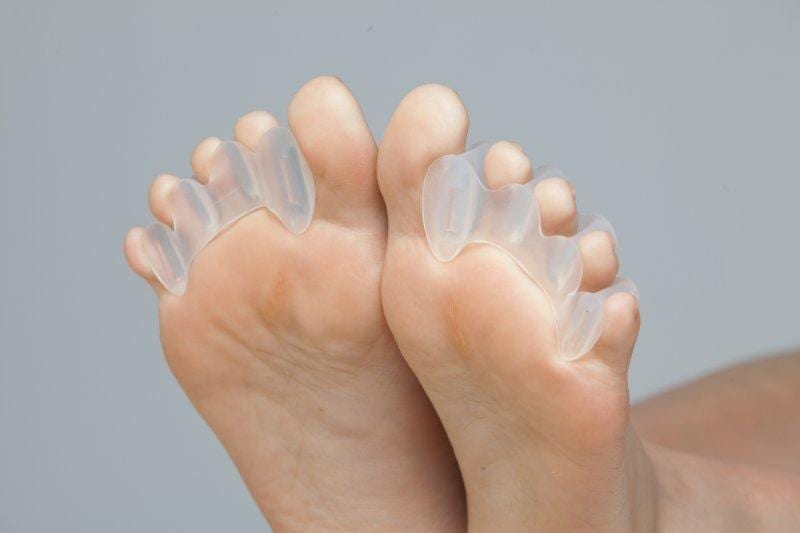


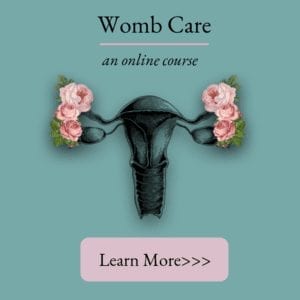
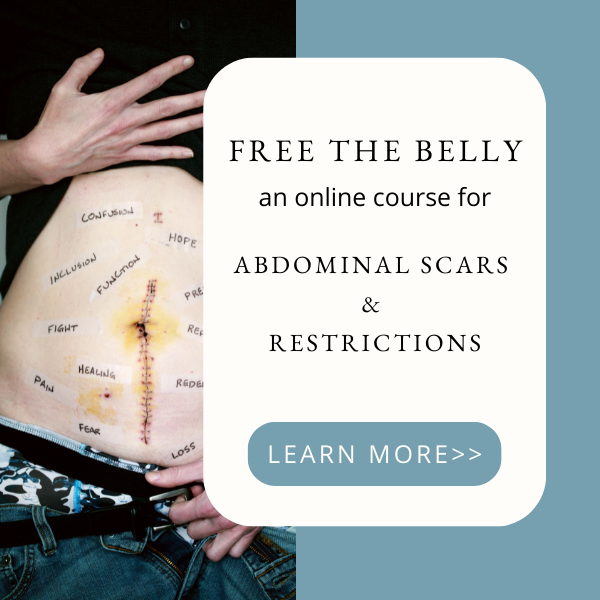

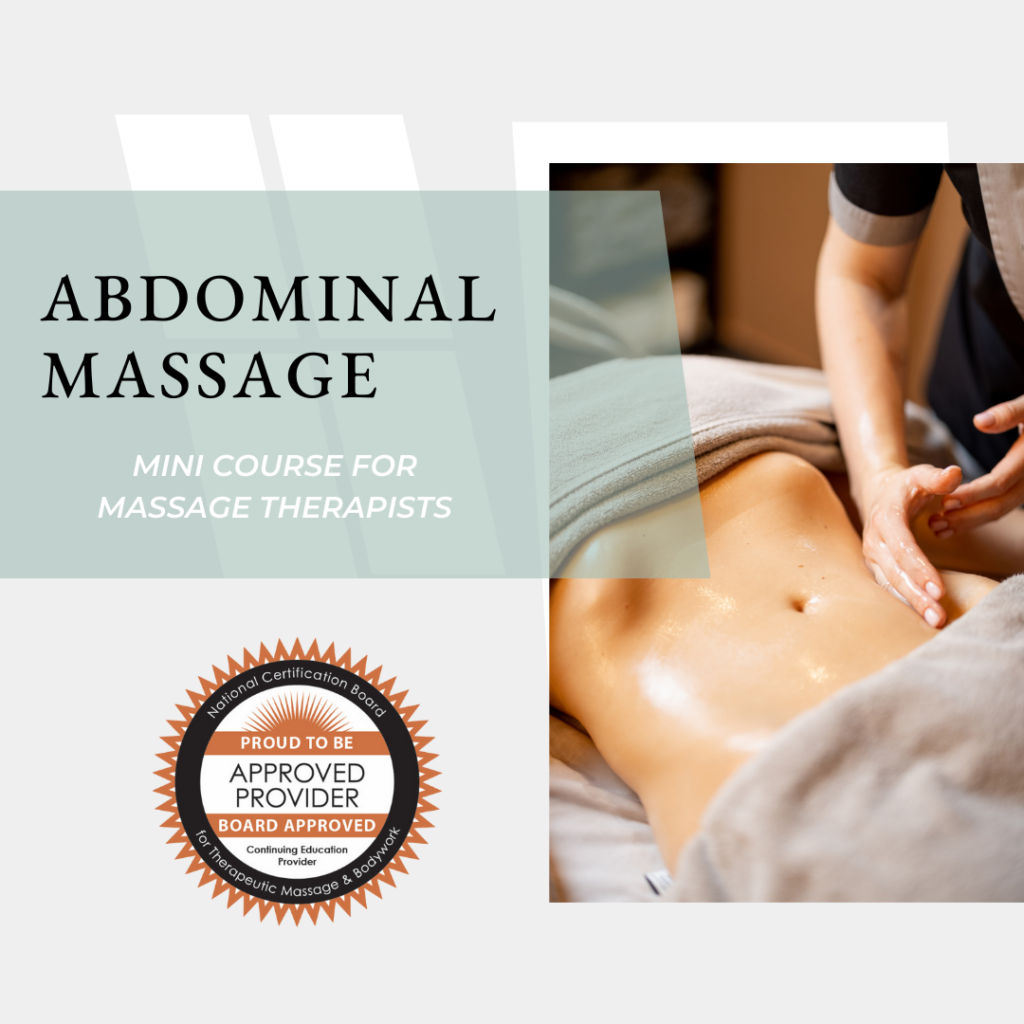
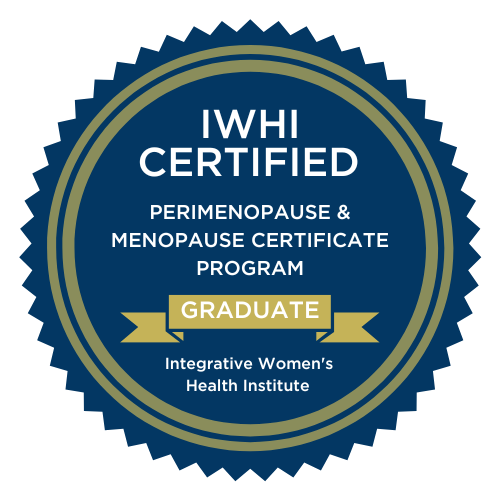
Hi, Barbara. Great article as usual. This topic is a tricky one for me. If I walk with my feet straight, my inner right knee gets sore. I know my right calf is particularly tight. And with my feet lined up, my knees point in, and I can’t externally rotate them back all the way. I have to make piecemeal progress I guess. Nice comment font.
gradual is best. Practice the lateral hip strengtheners as well, monster walk and pelvic list. Practice the Restorative Exercises™ with outside of the feet straight before trying to walk with feet straight.
*like*
Can I ask you what shoes you are wearing? I’ve been in minimalist shoes for 3 years now but I’ve never seen these and I love them!!
They are the Jambu barefoot shoes. I love them too.
I am 45 years old. When I was 20, I consciously walked with toes forward after noticing how many people walk with turned out feet. I still walk with decent form. Also, my sister corrected her stride and posture after one casual prod from me. She was in her mid-20’s and she grew 1 inch within one year of practice. She is now 40 yrs. and has great posture. In my opinion, It’s all about the shoes, or lack there of. Tight shoes will deform feet, which deforms everything else in given time. Toes really need their space!
This is such an underrated topic. Besides my sis, I’ve not discussed this with anyone until now!
Thanks for sharing!
Thanks for sharing your experience, Angela! I agree, it all starts with healthy feet.
Just bought Katy’s book : Whole Body Barefoot: Transitioning Well to Minimal Footwear . My 14 year old son has significant duck feet so looking fwd to helping him
I noticed my boyfriend walking with very bad duck feet, almost in first position in ballet! I always thought he walked a bit funny but I only just realised that was why, I pointed it out to him and mentioned the effects it has on joints and muscles but he didn’t seem think it was a problem but it bugs me. I don’t feel like I’m going to be able to make him walk properly without seeming like a nagging old lady! I may have to send him this article and hope he doesn’t get too mad at me…